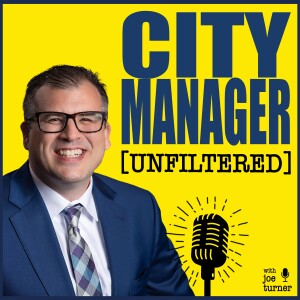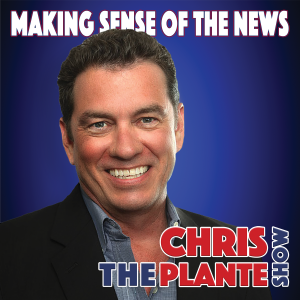

11/02/23 - Part 4 - SCCRTC Board Meeting
This is an AI generated summary of the podcast:
The conversation revolves around the five-year plan, with Commissioners discussing the allocation of funds for trail development, specifically the choice between an interim trail and the ultimate trail. Commissioner Quinn expresses concern about spending money on the ultimate trail before finalizing the decision in March. Executive Director Preston explains the historical context, emphasizing the Commission's previous decision to fully fund the ultimate trail based on available grants.
Commissioner Quinn raises questions about fairness to the entire county, given budget constraints, and suggests a reconsideration of the current plan. Commissioner McPherson proposes providing clearer information about trail segments for public understanding. Commissioner Schiffrin questions the time constraints on the approved funds and explores the possibility of an interim trail without abandoning the rail easement.
The conversation shifts to the topic of rail banking, with Commissioner Schiffrin proposing a motion to explore adverse abandonment, highlighting the need for a clear decision. Commissioner Quinn emphasizes the need for a comprehensive investigation into rail banking's viability. Commissioner Rotkin emphasizes the complexity of the transportation picture, bringing attention to the transit district's plans.
Commissioner Peterson seeks clarification on grant eligibility for an interim trail, and Executive Director Preston explains the need for discussions with the California Transportation Commission. Commissioner Quinn advocates for a thorough exploration of rail banking's implications. Commissioner Schiffrin emphasizes that rail banking is often associated with removing tracks and questions the feasibility of initiating adverse abandonment.
The discussion continues with Commissioner Quinn urging a more in-depth examination of rail banking, while Commissioner Schiffrin argues that advocates for rail banking often want to remove tracks. Executive Director Preston clarifies that rail banking doesn't necessarily require track removal and highlights its potential benefits for trail development.
Commissioner Quinn suggests that rail banking discussions should have taken place earlier, emphasizing the importance of having all facts on the table. Commissioner Schiffrin and Commissioner Rotkin stress the need to consider the entire transportation picture. Commissioner Quinn reiterates the need for a thorough investigation into rail banking.
The conversation concludes with public comments being opened, with further discussions expected on the five-year plan, trail development, and the potential exploration of rail banking in subsequent meetings.
More Episodes
All Episodes>>Create Your Podcast In Minutes
- Full-featured podcast site
- Unlimited storage and bandwidth
- Comprehensive podcast stats
- Distribute to Apple Podcasts, Spotify, and more
- Make money with your podcast












